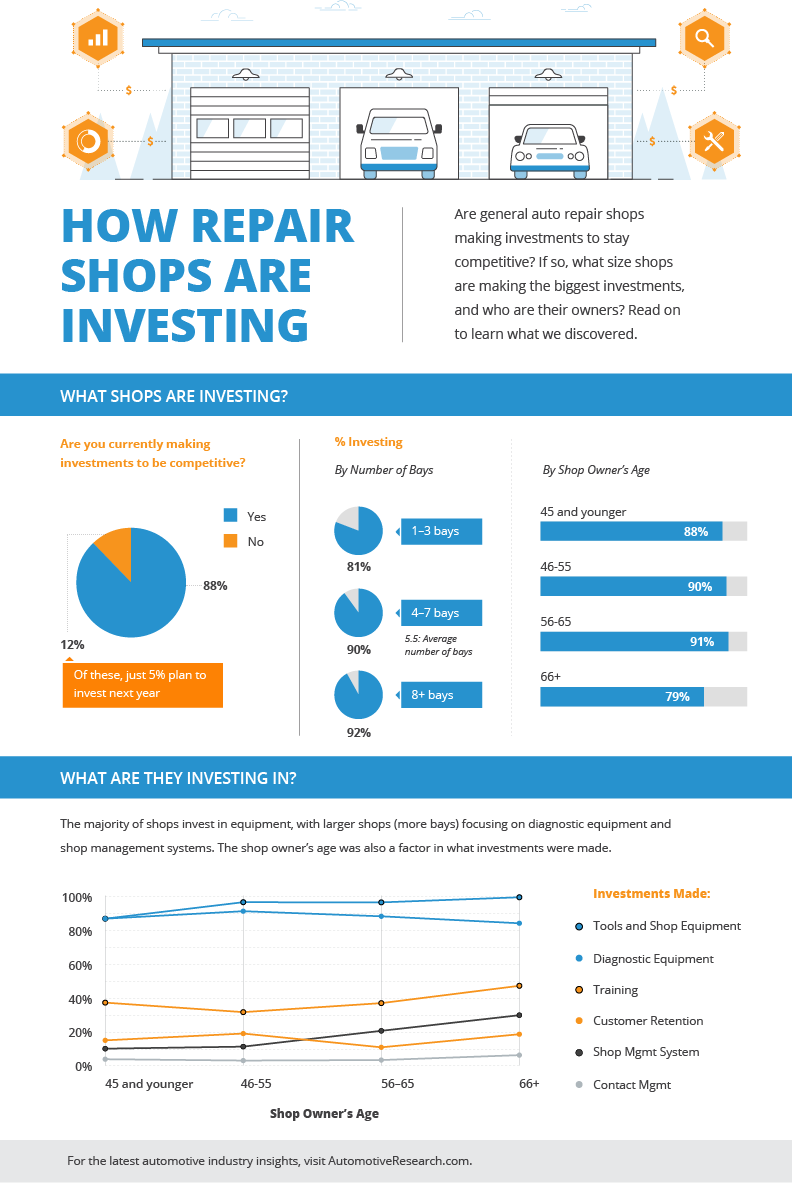Decoding Your Automobile'S Warning Indicators: What They Really Signify
Decoding Your Automobile'S Warning Indicators: What They Really Signify
Blog Article
Staff Writer-Vinson Kejser
When you lag the wheel, those glowing caution lights on your dashboard can be a little bit bewildering. Do you recognize what they're trying to inform you about your auto's wellness? Recognizing the significance of these lights is crucial for your safety and security and the durability of your vehicle. So, please click the following article following time among those lights appears, wouldn't you intend to understand its message precisely and take the necessary steps to resolve it?
Common Warning Lights and Interpretations
Identify common warning lights in your cars and truck and comprehend their meanings to guarantee secure driving.
The most regular caution lights include the check engine light, which signals concerns with the engine or emissions system. If this light begins, it's important to have your vehicle checked quickly.
The oil pressure alerting light shows reduced oil stress, requiring instant interest to stop engine damage.
A flashing battery light might suggest a faulty charging system, possibly leaving you stranded if not addressed.
The tire pressure monitoring system (TPMS) light signals you to reduced tire pressure, impacting vehicle security and gas effectiveness. Neglecting this could bring about dangerous driving problems.
The ABS light suggests a problem with the anti-lock stopping system, compromising your ability to stop rapidly in emergencies.
Lastly, the coolant temperature level cautioning light warns of engine getting too hot, which can lead to extreme damages otherwise fixed quickly.
Understanding these common caution lights will aid you attend to issues promptly and keep safe driving conditions.
Relevance of Prompt Focus
Recognizing the typical warning lights in your vehicle is only the first step; the importance of quickly dealing with these warnings can't be highlighted enough to ensure your security when driving.
When a caution light brightens on your control panel, it's your car's way of interacting a prospective concern that needs focus. Disregarding these warnings can lead to much more severe troubles in the future, jeopardizing your security and possibly costing you much more out of commission.
Prompt attention to warning lights can protect against breakdowns and accidents. For https://www.daily-jeff.com/story/news/local/2021/12/09/claysville-road-garage-used-auto-repair-work-destroyed-fire/6445829001/ , a blinking check engine light can show a misfire that, if left ignored, might trigger damages to the catalytic converter. Resolving this quickly can save you from a pricey fixing.
Similarly, a brake system cautioning light might signal low brake fluid or used brake pads, crucial elements for your safety when driving.
Do It Yourself Troubleshooting Tips
If you observe a warning light on your control panel, there are a few do it yourself repairing ideas you can try before seeking professional assistance.
The initial step is to consult your automobile's manual to recognize what the specific caution light suggests. Sometimes the concern can be as basic as a loosened gas cap setting off the check engine light. Tightening up the gas cap may deal with the issue.
Another usual problem is a low battery, which can activate numerous warning lights. Inspecting the battery connections for deterioration and guaranteeing they're protected may fix the problem.
If a caution light persists, you can try resetting it by disconnecting the vehicle's battery for a few minutes and after that reconnecting it. Furthermore, checking your car's fluid levels, such as oil, coolant, and brake liquid, can assist troubleshoot advising lights connected to these systems.
Final thought
To conclude, comprehending your auto's warning lights is important for keeping your car running efficiently and safely. By immediately attending to these notifies and understanding what they imply, you can avoid pricey repair services and prospective breakdowns.
Remember to consult your auto's manual for certain information on each alerting light and take action as necessary to make certain a trouble-free driving experience.
Remain notified, stay risk-free when traveling!
